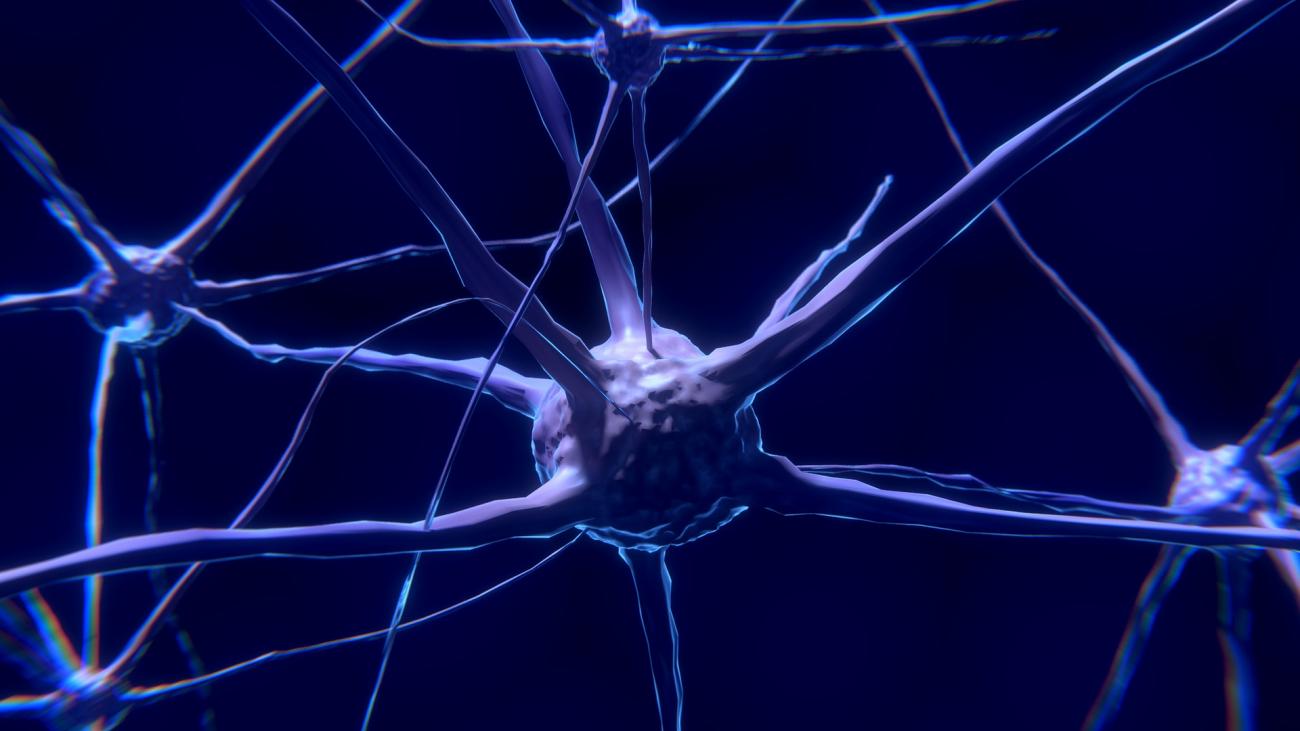Title: Air Pollution as a Risk Factor for Neurodevelopmental Disorders
Abstract:
An increasing number of epidemiological studies now link air pollution (AP) exposures to neurodevelopmental disorders, including autism spectrum disorder, schizophrenia and attention deficit hyperactivity disorder. While such disorders each have unique features, they also have numerous shared characteristics, including male bias. Our studies of mice exposed to ambient AP provide biological plausibility for these associations. AP health effects are related to particulate matter (PM) size, designated as PM10 (coarse, <10mm), PM2.5 (fine, <2.5mm), or PM0.1 (ultrafine:UFPs; <100nm). UFPs are considered the most reactive component of AP with greater surface area/mass for adsorption of contaminants that include metals and trace elements, and volatile organic compounds. Exposures of mice to concentrated ambient UFPs in the early postnatal period (considered equivalent to human 3rd trimester brain development) produce many of the shared features of these neurodevelopmental disorders and do so in a male-biased manner. These include persistent enlargement of the lateral ventricles, reductions in levels of white matter (myelin) and in the size of the corpus callosum, the largest white matter tract of brain (resulting in brain interhemispheric dysconnectivity), increased brain glutamate levels and consequent excitotoxicity, as well as altered social behavior and impulsivity. Understanding the components of AP that underlie these effects is critical not only to derivation of mechanism(s) but also to public health protection and the potential need for new or stricter regulations. In that context, assessment of brain sections from exposed mice showed increases in numerous metals in brain, including iron, sulfur, aluminum and copper, suggesting brain metal dyshomeostasis, oxidative stress and ferroptosis as potential mechanisms for neurotoxic effects. Ongoing studies seek to determine the ability of inhaled metal nanoparticles to reproduce the effects of UFPs, as well as the role of sex differences in early brain colonization by activated microglia as a basis of their male bias.
Dr. Cory-Slechta is a Professor in the Department of Environmental Medicine, University of Rochester Medical Center.
NACS Seminars are free and open to the public.




